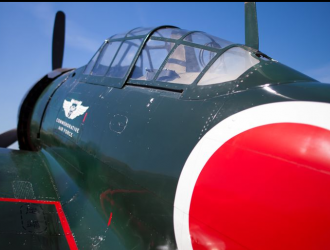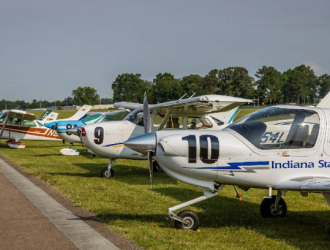
The ANSV said that a combination of ground debris mapping and telemetry data led it to “hypothesize with reasonable certainty” that the aircraft broke up in flight as a result of multiple prop-rotor strikes from excessive blade flapping on the wings as a consequence of excessive yaw angles reached during the fatal dive. This damaged the hydraulic and fuel lines that are positioned along the wing leading edges, precipitating the in-flight fire. The aircraft was equipped with flapping stops, but they were not designed to “contain the effects of the extreme aerodynamic forces generated during the event.” Because of the aerodynamic characteristics of the aircraft and the specific conditions created by the dive, the flying pilot's attempt to counteract the oscillations with a roll-tracking maneuver to level the wings was ineffective, partly because the FCS was designed to “couple” on more axes than the command inputs given on the single axis by the pilot.
Specifically, “Total lateral control resulting from the summation of pilot input and automatic FCS input has an effect on the yaw axis through aerodynamic coupling and feedforward and feedback turn coordination automatically provided by the FCS. Consequently, giving a command in counterphase on the roll axis to dampen the relative oscillations creates an effect on the yaw axis that can be in phase with the yaw oscillations. This occurred during the accident: the correction of the roll oscillation induced, by the control laws of the FCS, a manuever in phase with the oscillations of the yaw axis, generating a divergence of the oscillations.” The ANSV said that the “low frequency and low amplitude nature of the oscillations” made them difficult for the pilots or ground crew to perceive until the roll and yaw “reached excessive levels only a few seconds before loss of control.”



